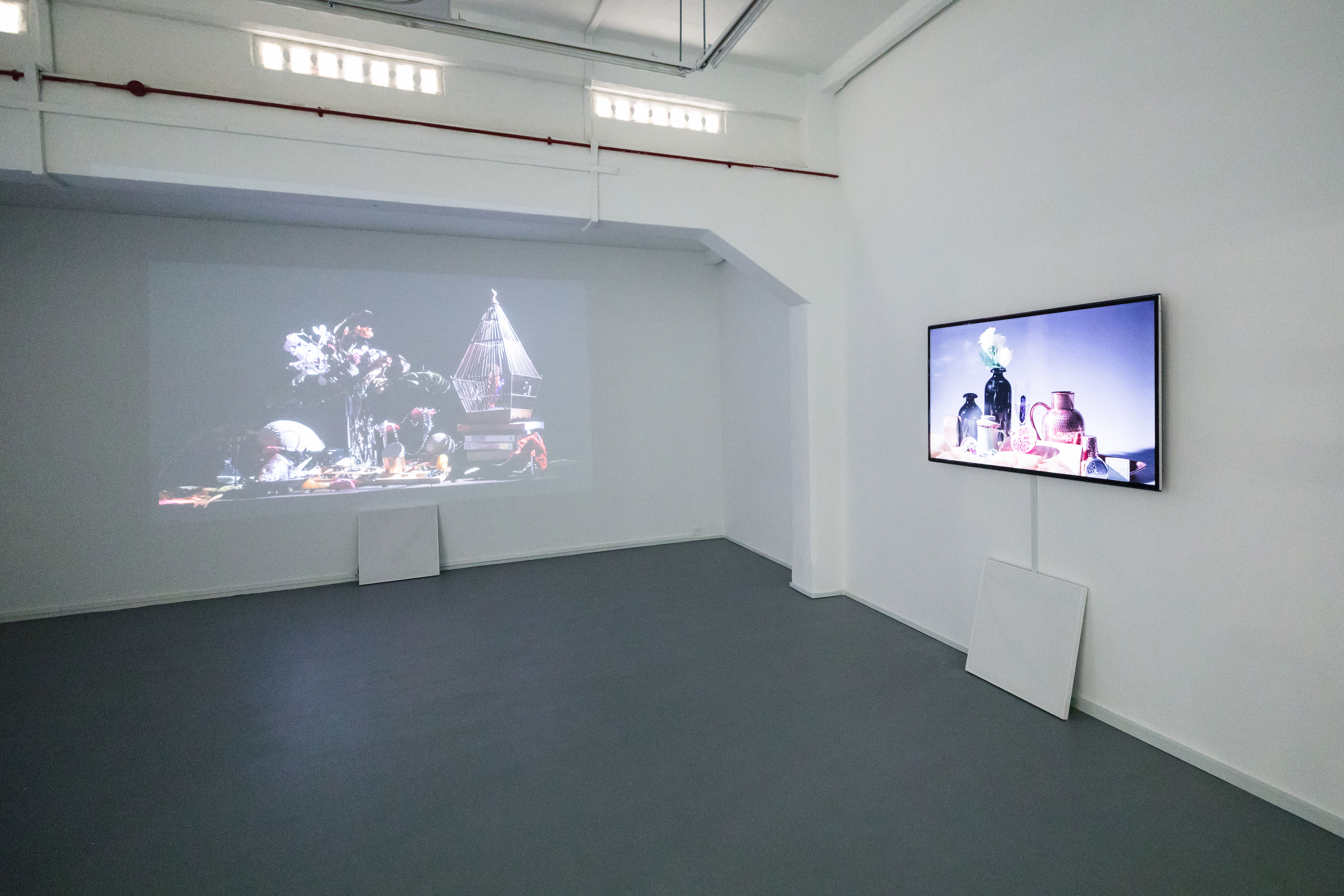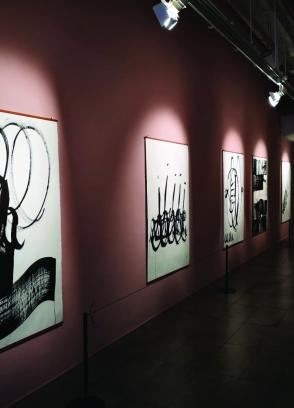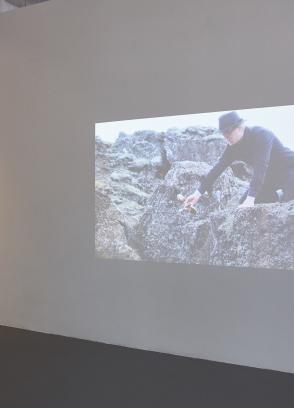by Ian Tee Wang Loong, BA(Hons) alumnus (2018)
“For the uninitiated, assemblage theory provides a framework of thinking through the relationships of a body’s component parts, which are constantly shifting in response to the exterior. As such, it opens up possibilities for new formations and identities within and among other bodies.”
In Donna Haraway’s A Cyborg Manifesto, she declared that, "The cyborg is a kind of disassembled and reassembled, postmodern collective and personal self. This is the self feminists must code.” This notion of an assemblage is central to Dipali Gupta’s exploration of female sexuality and its place in contemporary society. For the uninitiated, assemblage theory provides a framework of thinking through the relationships of a body’s component parts, which are constantly shifting in response to the exterior. As such, it opens up possibilities for new formations and identities within and among other bodies.

For her solo exhibition O Her! as part of the Chan-Davies Art Prize, Dipali Gupta presented an installation of four video works which were choreographed to come on/off and jump screens. They came from two series of videos which were shot in still life setups and domestic spaces. In these scenarios, the contemplative serenity of an ornate still life or the mundane interior of a home is disturbed by an off-the-screen sound of buzzing. The source of the buzzing, the hidden activity, gives itself away when jolts of ringing pierce the silence, ranging from what sounds like alarm clocks to full on pounding from construction sites. In other moments, one might catch a gentle hum in the background or an escaped growl.
These sounds were produced by activated vibrators placed in vessels. What Gupta affectionately calls 'pleasure bullets', a befitting name for their abstract shape and also the illicit cyborg union they form with the body. While the vibrators perform in her videos, they act less as a subject than rather, as the device through which Gupta interrogates our relationships with our bodies (or to use the Foucauldian term 'biopolitics'). What this cyborg relationship calls into question are the normative connections and power dynamics in the andocentric model of sexuality, entailing a new imagination of roles one can play and desire.

Yet while it deals with female sexual pleasure, the female form or indeed any representation of the body is absent in the videos. In a way, the videos contend with the privacy of these non-procreative sexual activities, often stigmatised with the burden of shame and guilt. Hence, unseen and unspoken. This connection between visual-audio presence in O Her! reminds me of the cheeky quote: 'Women should be obscene (seen) and not heard' (attributed to the comedian Groucho Marx, Oscar Wilde or John Lennon depending on your source). At its most crass, I think the work plays with this patriarchal notion by inverting its injunction in a gesture that allows one to have her cake and eat it too.
One too needs to acknowledge the patriarchy that exists in art history. By appropriating the imagery of still life painting, Moving Still Life and The Little Death nod to the fact it is a genre that women painters in history were limited to (it is also a genre ascribed with less significance as compared to religious and historical painting). Moving Still Life also reflected the conditions under which these works were produced, often in a domestic setting. Above all, it is a painting of objects, not subjects.
Responding to this history, Gupta played on the theme of death, by evoking the imagery of a traditional vanitas still life, with symbols showing the transience of life and futility of pleasure in the face of certain death. However, its stillness is broken as objects are animated by vibrations, causing them to roll, dance and fall over in the scene. The Little Death is also a reference to la petite mort, a French expression which alludes to the sensation of orgasm as likened to death. The idea of an assemblage surfaces again through this historical disassembling and reassembling, a recoding of meanings and relationships that rejects binaries—indeed, even of life and death.




